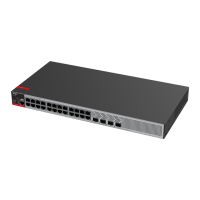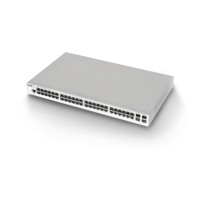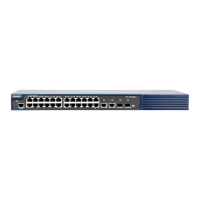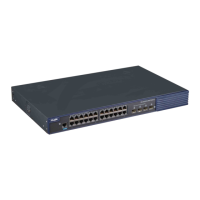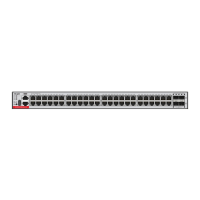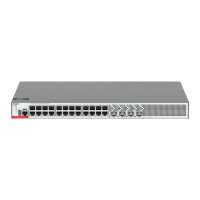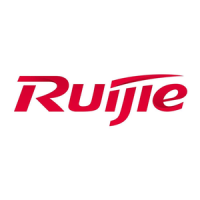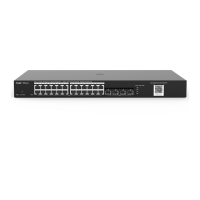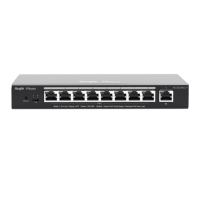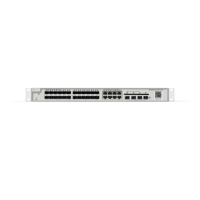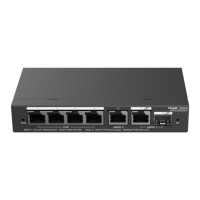32-bit network mask. 1 stands for the mask bit, 0 stands for the host
bit, with 8 bits in one group in decimal format. Groups are separated by
dots.
The equipment cannot receive and send IP packets before it is configured with an IP address. After
an IP address is configured for the interface, the interface is allowed to run the Internet Protocol
(IP).
The network mask is also a 32-bit value that identifies which bits among the IP address is the
network portion. Among the network mask, the IP address bits that correspond to value “1” are the
network address. The IP address bits that correspond to value “0” are the host address. For
example, the network mask of Class A IP address is “255.0.0.0”. You can divide a network into
different subnets using the network mask. Subnet division means to use the bits in the host address
part as the network address part, so as to reduce the capacity of a host and increase the number of
networks. In this case, the network mask is called subnet mask.
The RGOS software supports multiple IP address for an interface, in which one is the primary IP
address and others are the secondary/slave IP addresses. Theoretically, there is no limit for the
number of secondary IP addresses. The primary IP address must be configured before the
secondary IP addresses. The secondary IP address and the primary IP address must belong to the
same network or different networks. Secondary IP addresses are often used in network
construction. Typically, you can try to use secondary IP addresses in the following situations:
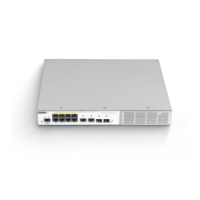
